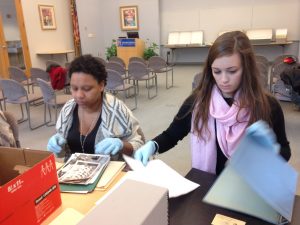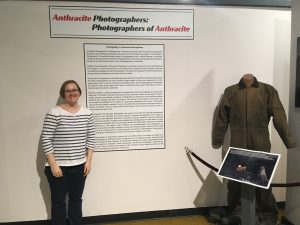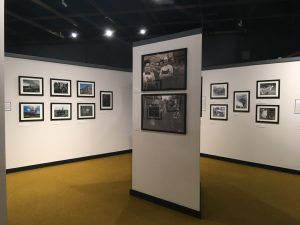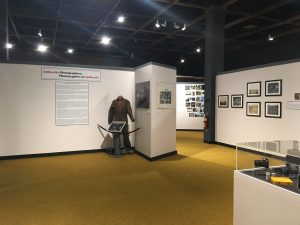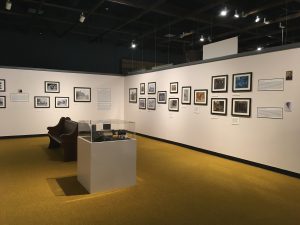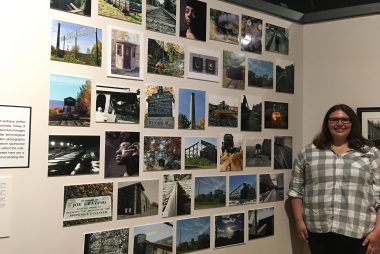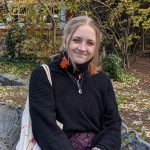
Kendall Williams
This week was my final week of my Keystone Summer Internship.
We started the week with a few new projects. Our first project was to organize and check the inventory of a collection that was transferred from the Indiana University of Pennsylvania of records and other documents from the United Mine Workers of America.
There were dozens of boxes, so Ethan and I started by organizing them into their proper series and subseries. Then we began to go through the inventory to check to make sure we had all of the items, and to make corrections if needed.
We also had the opportunity to inventory the collection the museum took from the Dunmore Historical Society about the Pennsylvania Gravity Railroad. This is the collection that I had the opportunity to go see a few weeks prior. I took photos so that John could see the artifacts and decide whether he would be interested in putting them into the collection.
Ethan and I went through the collection together and inventoried the artifacts and other documents that came with the collection.
On Tuesday, we had the opportunity to meet the Bureau Director for the PHMC, Melissa Mann. She told us about the organization, it’s mission, and how the sites work together, as well as about her career path and what she does as director. It was insightful to hear from someone who is in a director position as opposed to working at a site, and to hear about the differences and challenges of her position as opposed to some of the others in the PHMC.
On Thursday, we visited the Museum of Anthracite Mining in Ashland to check the inventory of their collection. Because they do not own the artifacts, the exhibit hall has to be checked yearly to make sure all artifacts and objects are accounted for. We split up the list and went through the hall and made sure the artifacts were there with the proper display.
After we finished at Ashland, we returned to Eckley to finish the rest of the day. There, we continued to pack artifacts and wrote an inventory for each box.
I had a fulfilling final week at my internship, and I enjoyed working at the Anthracite Heritage Museum again this summer. I am glad I had the opportunity to build off of my previous internship, and I think I had a well rounded experience here. We did many different projects over the summer, and I got to do more public outreach, which was very helpful to me as I have had very little experience with it in the past. This internship was a wonderful way for me to experience working in a museum with a curator, and gave me some insight as to what my future career could look like. I am grateful to have had the opportunity to work here, and it allowed me to build my skills and to give me some experience in museum work.

